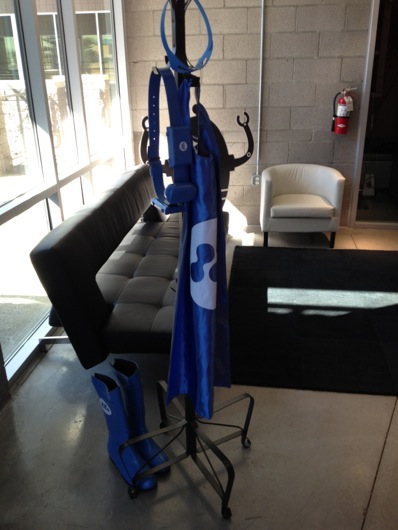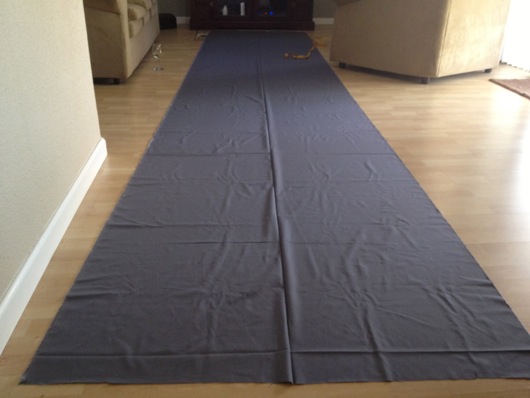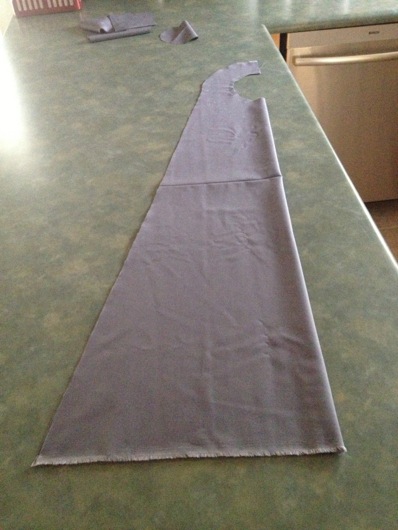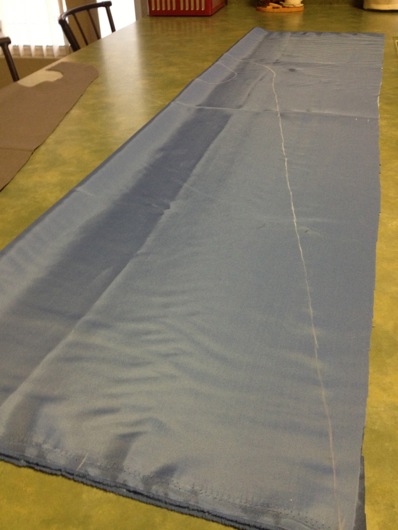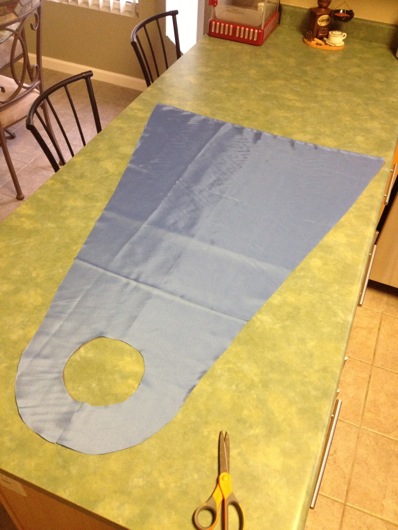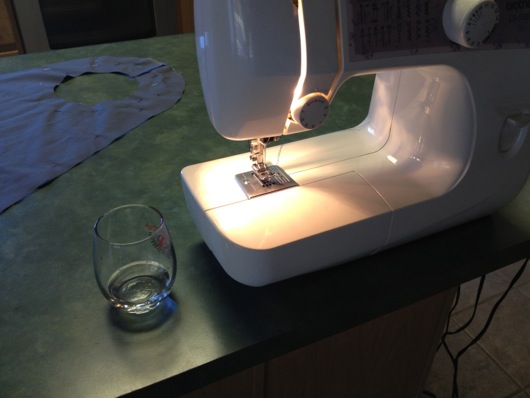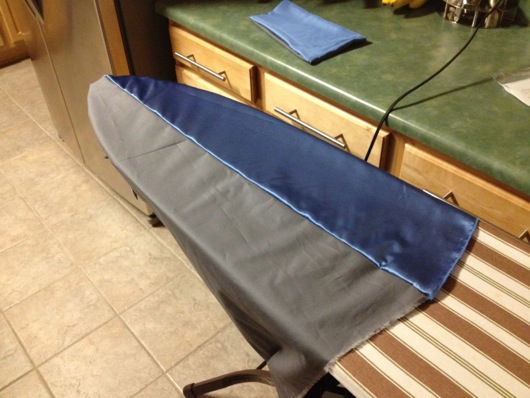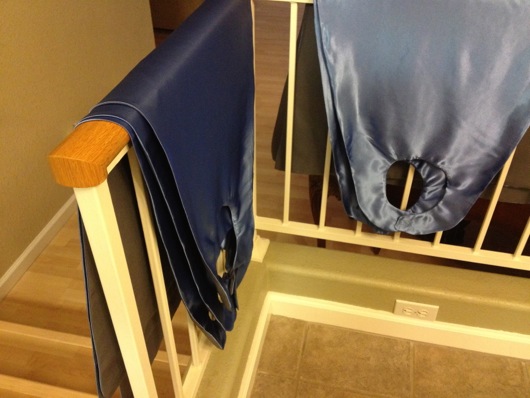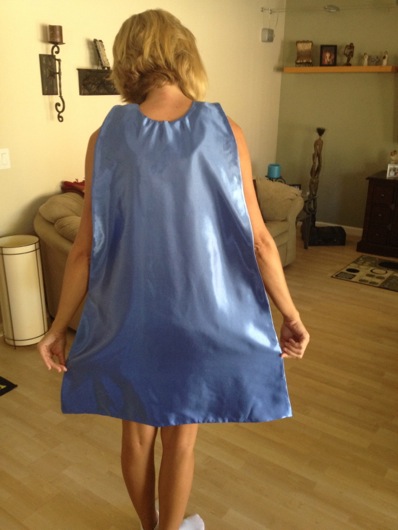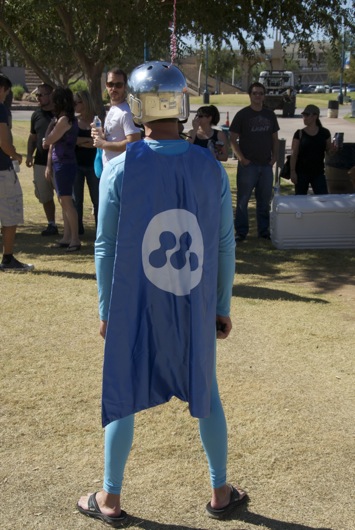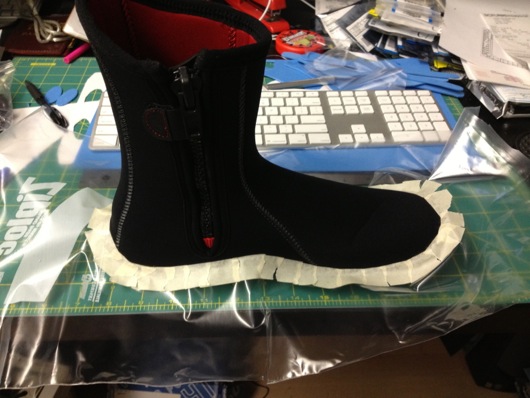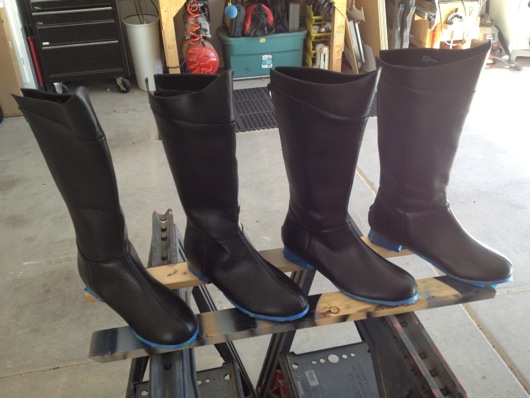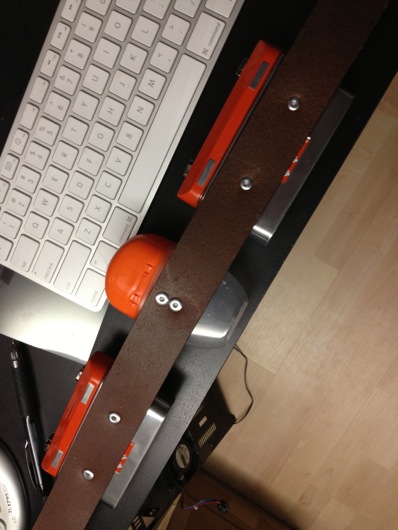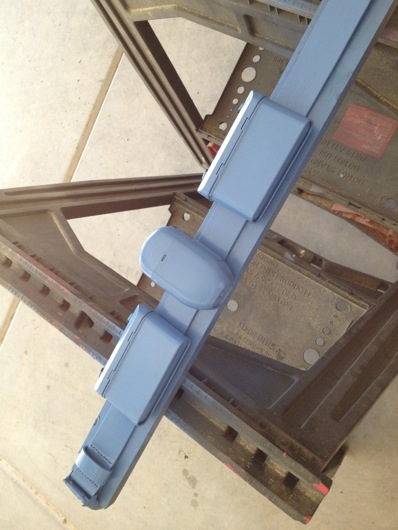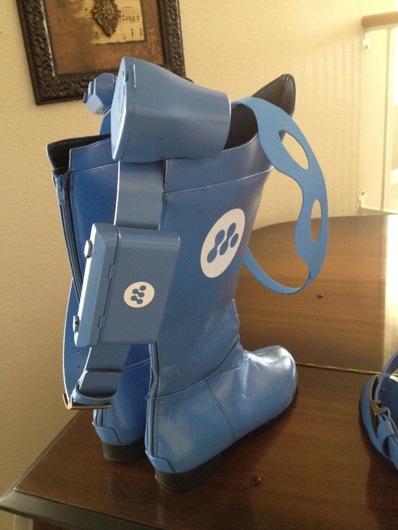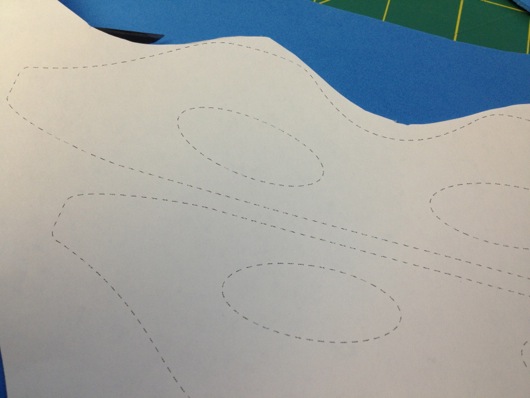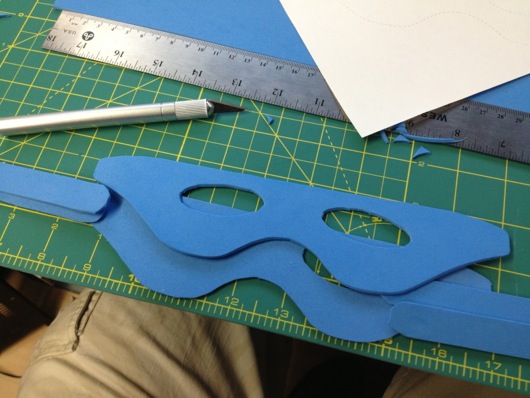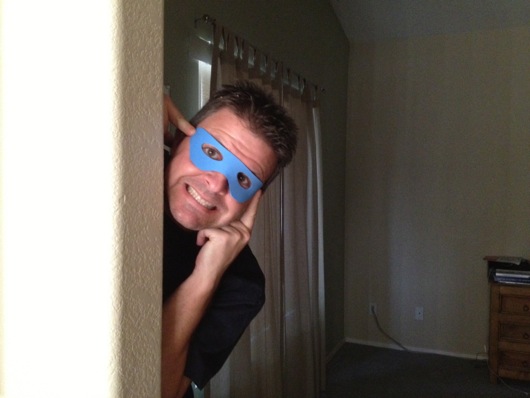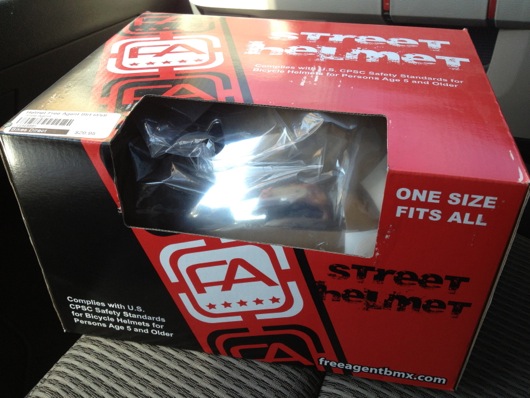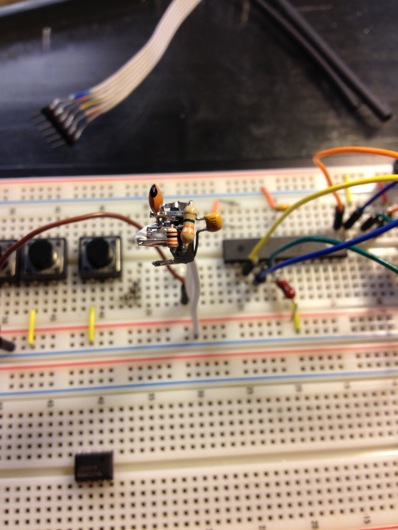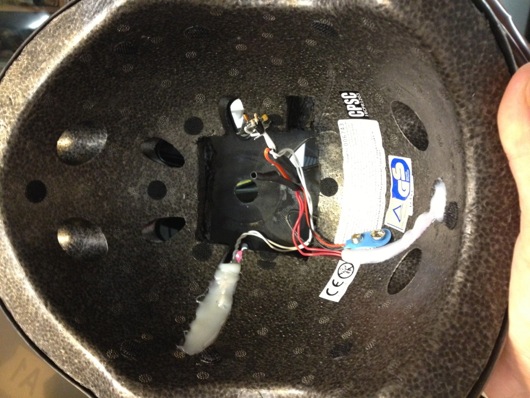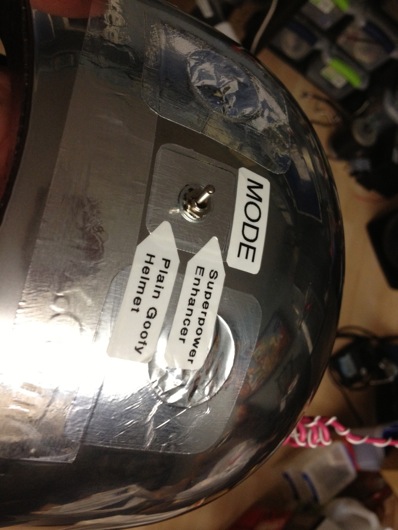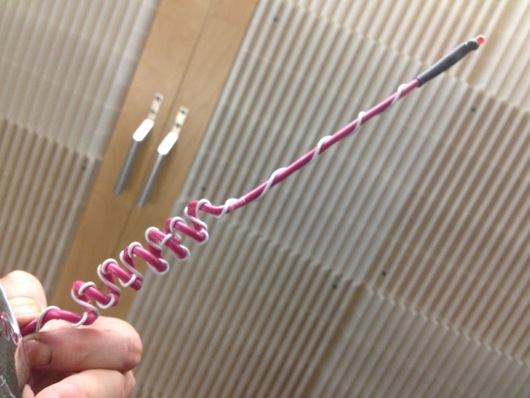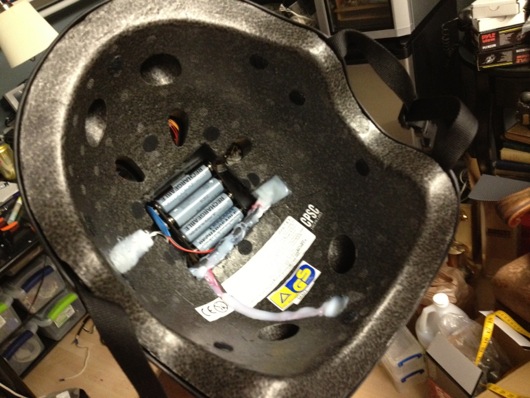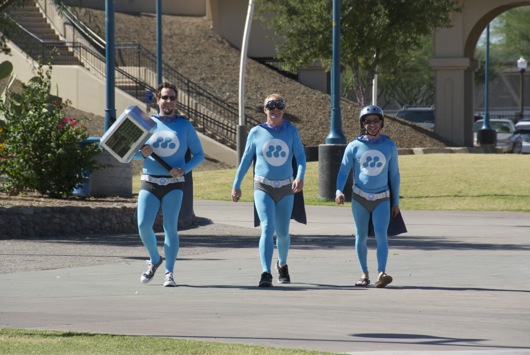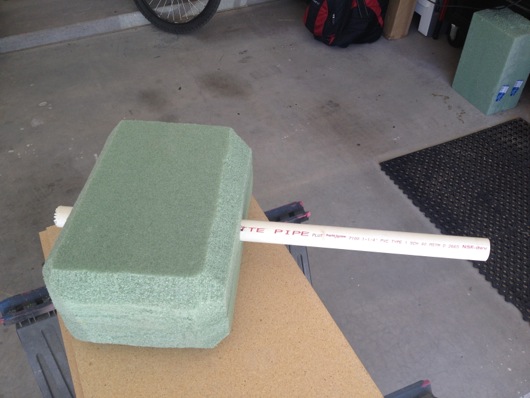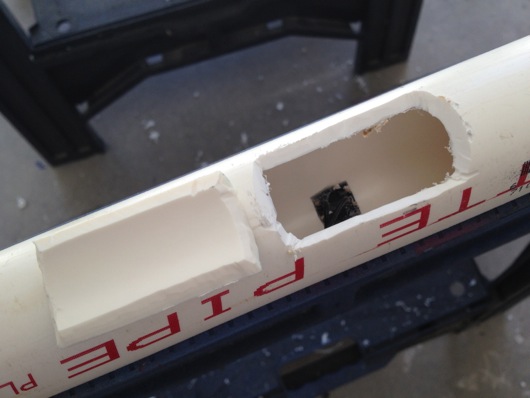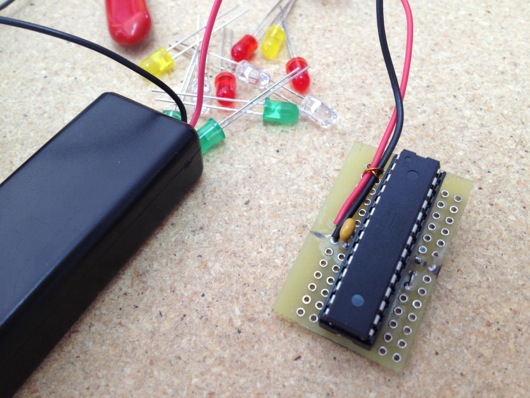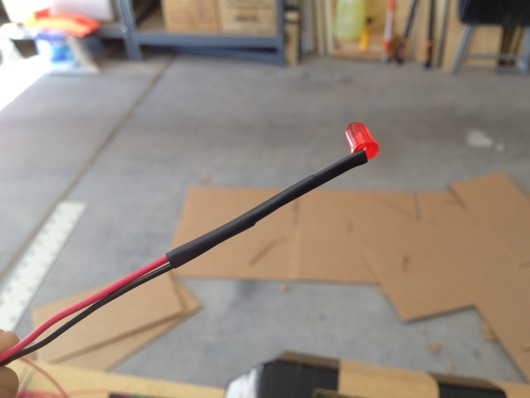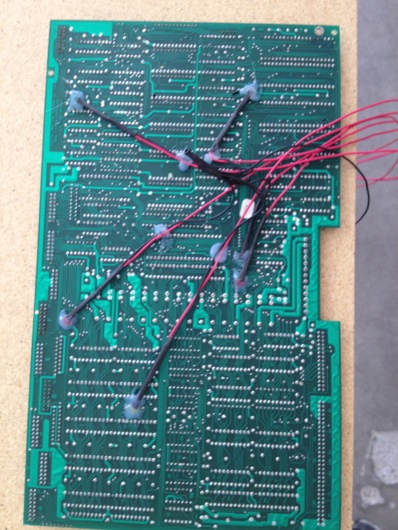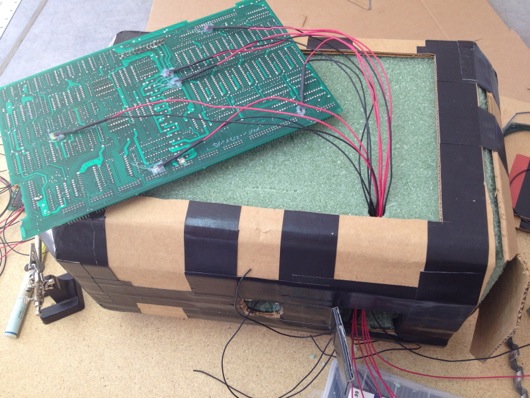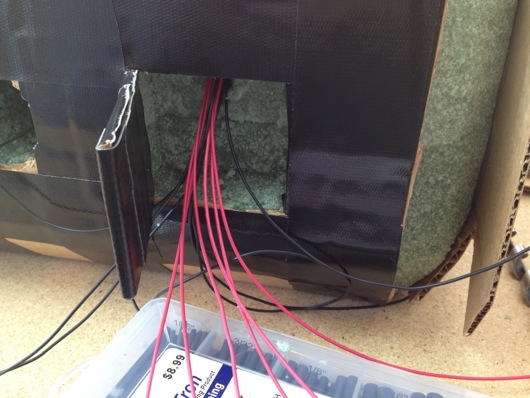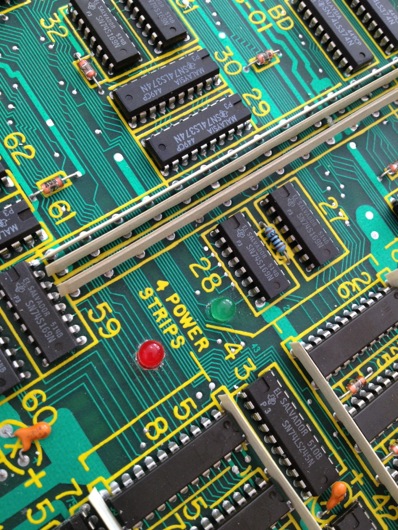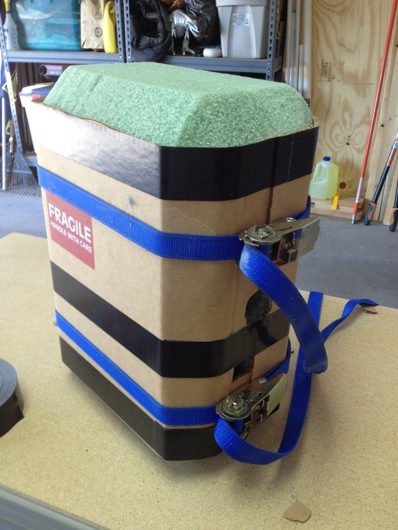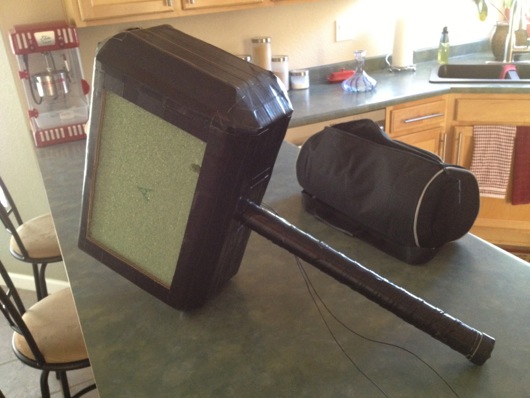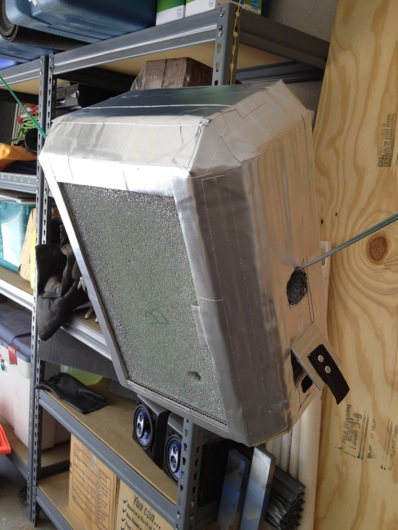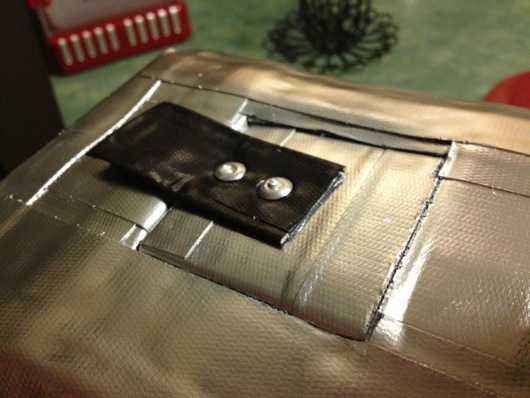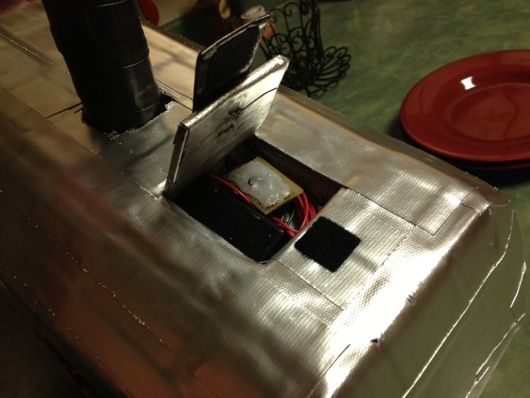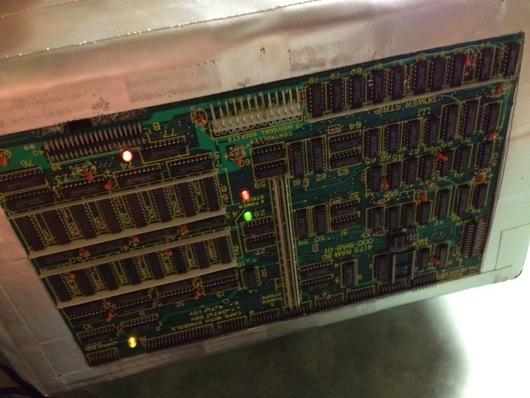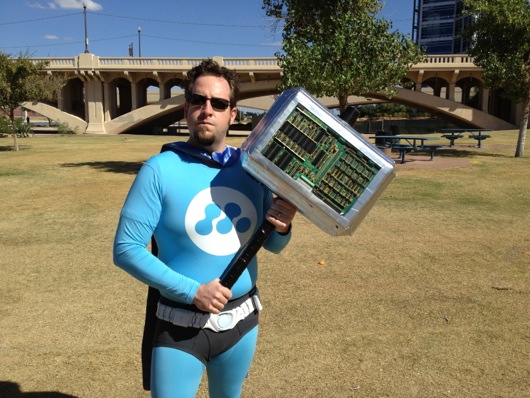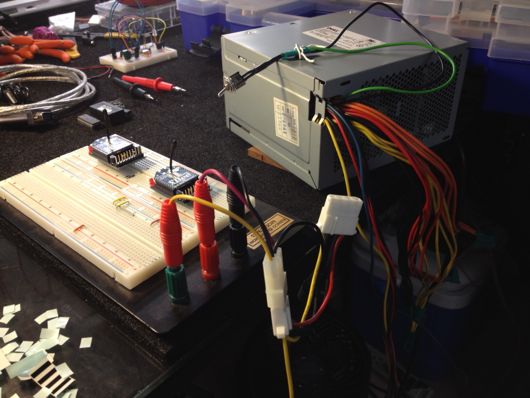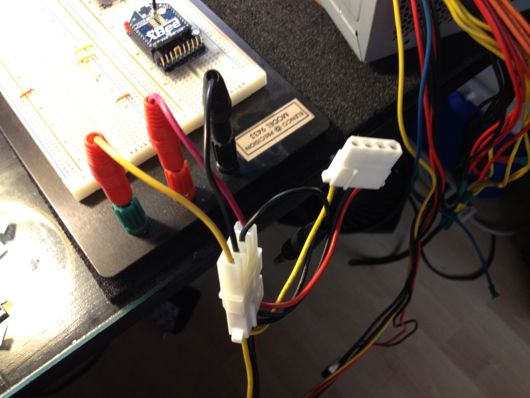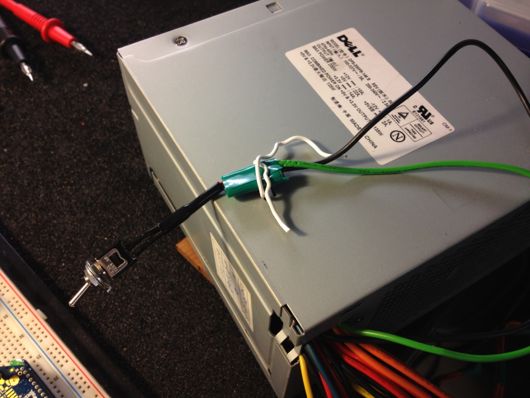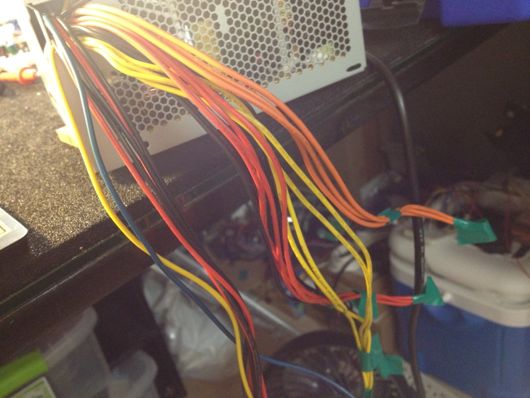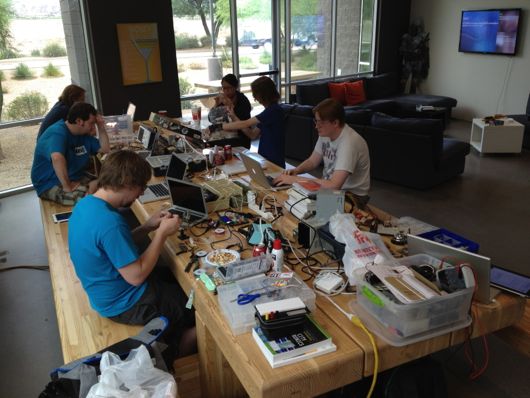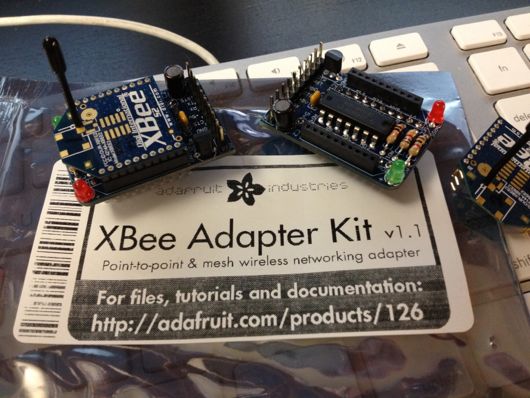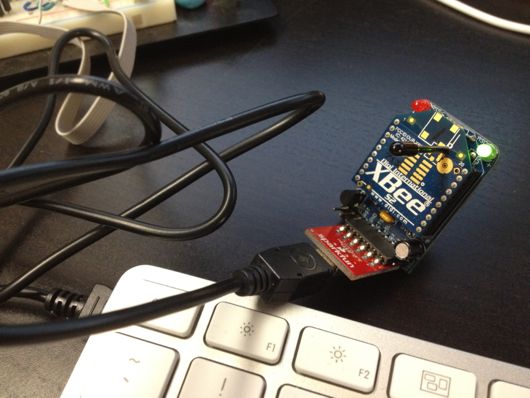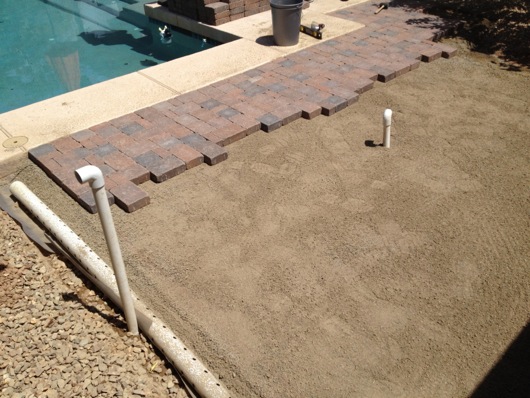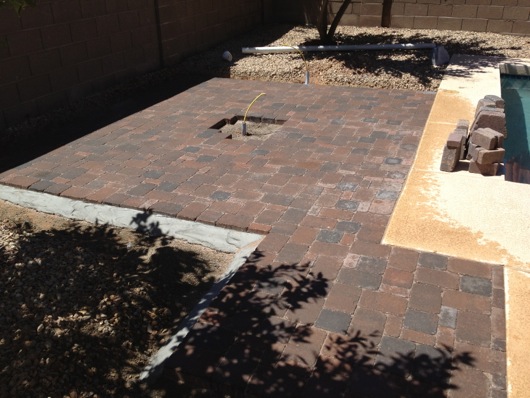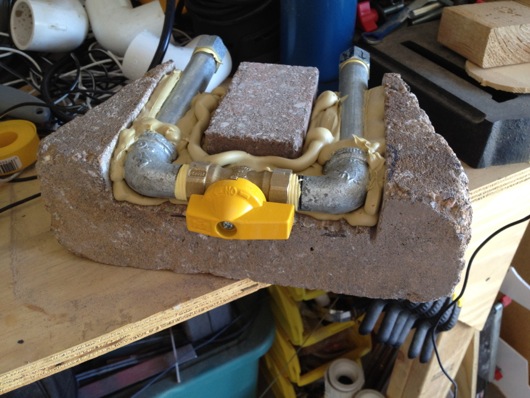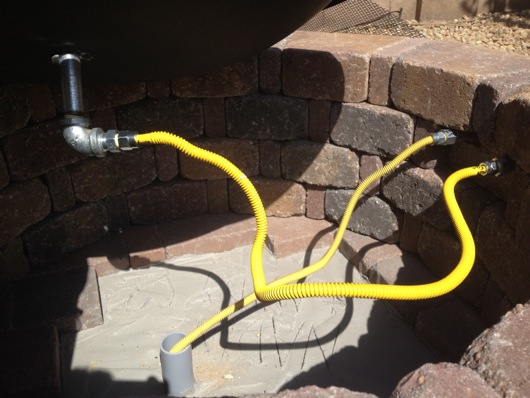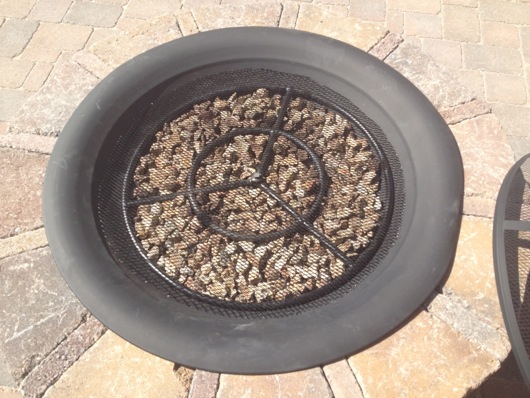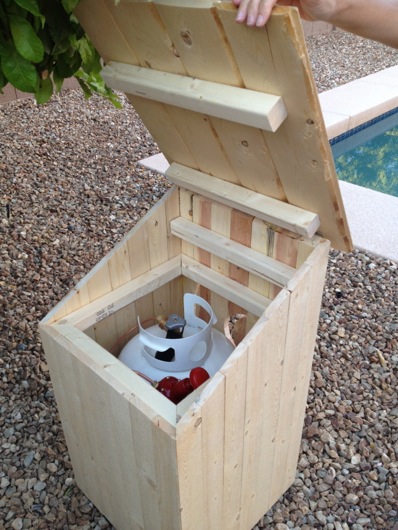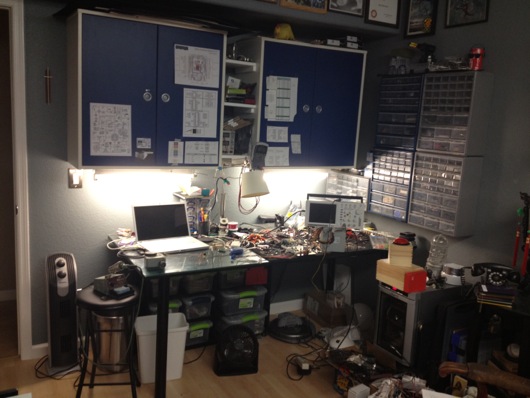My favorite shirt reads, “They say I have A.D.D., but they just don’t understand. Oh, look! A chicken!” My sister holds a Master’s degree in child counseling and she is absolutely certain that I would have been diagnosed with A.D.D. when I was a child. Maybe one reason I was not diagnosed can be summed up in this sentence from an article on the PsychCentral.com website: “[A.D.D.] also may go unnoticed because the ‘inattentive daydreamer’ may be overlooked...” Yep. That’s me summed up in two words: Inattentive daydreamer.
Focus is something I’ve struggled with all of my life. I remember when I was in the 2nd grade, working through questions in a workbook one minute, then the next minute I’m taking apart a ballpoint pen and fiddling with the parts and NOT getting my workbook work finished. If I wasn’t taking apart things I found in my desk, I was doodling between small bouts of actual work. To my point, I’m supposed to be gathering my notes and thoughts for a meeting in about 8 minutes as I write this, yet I sit here writing an article about focus. Is this multitasking? No, this is not keeping focus on what is needed right now.
[Insert long pause while I scramble to gather my notes and thoughts and attend a meeting...]
According to an article on the ADDA website, “4.4% of adults in the United States meet the criteria for having Attention-Deficit Hyperactivity Disorder.” OK, that's not a tremendous number. Though, it IS the number of ADULTS that could be considered to be afflicted. According to the U.S. Census Bureau, as of 2010 there are over 30 million adults in the U.S. (those 18 or older). Roughly 1.3 million (more than 1 in 30) adults could qualify as having A.D.D. You probably know one. That means there are at least two of us here at Meltmedia (and maybe half of one more person, somewhere here)!
Obviously, whether it’s A.D.D. or just a simple lack of interest in the task at hand, if you’re not fully engaged in what you’re supposed to be doing, you’re not being as productive as you could be. I have met people who are simply task-oriented and will do something from start to finish like a robot, engaged or not. They don't count in this conversation. I know it seems completely obvious when you read it, but it’s very difficult to complete any task effectively if you’re not engaged in the subject. If you’re not engaged in the subject, you’re not as productive as you could be.
Where Does the Focus Go?
One of my biggest problems seems to be that when a project or task is no longer challenging to me, I’m done with it, completed or not. Historical case in point: When I was a kiddo, I had a Teddy bear with a wind-up music box. I was fascinated by the lump inside of Teddy that appeared to make the music. Once I tore apart poor Teddy and figured out how the music box made music, I lost interest in my Teddy bear. I did carry around the music box for a while, likely because it was shiny and mechanical. Sure, Teddy wasn't a project, but I think it shows that the challenge or magic needs to be there for me to focus on something.
A more modern case for me: I took on a fairly large project for a client when I was doing the freelance development thing years ago. It was a brand new hospital way north of where I lived in Michigan. I was writing a Java application that gathered time card data from a number of punch clocks around the hospital and translated it into something the hospital accounting software could consume. This was not a small task by any stretch. It involved building a Linux server, writing a user-friendly client-side Java application, and writing a server-side Java application. For a one-man development group, it was a lot to do. Being the master of focusness that I was, of course, I found other more interesting things to do much of the time that I was supposed to be doing Java programming for the hospital project. About 5 days prior to the due date for initial testing of the entire system, I realized that my unfocusness had gotten in the way and caused me to have to work on 3 hours of sleep each night to get it working in time. Bitten for the 5,622nd time in my life, at that point. Really?! How many more times will it take???
As I’ve gotten older, I’ve noticed that part of my challenge/interest problem is that I also lose vision of the goal of the task. In many cases, I lose track of the reward for completing a task, whether the reward is a pat on the back or money or knowing that I’ve made the world a better place for someone. Figuring out how to solve the problem has typically been more important to me than the result that comes from solving it. For instance, around my middle school years, I used to be excited about the idea of building games for my Atari 400 computer. However, once I figured out how to program the little ships to move, how to generate laser sounds, and how to read the position of the joystick, I lost interest because the magic went away. An even more important fact wash that I completely forgot about the result I was originally looking for: I wanted a cool game that I wrote myself that others would enjoy playing. Maybe I wanted a little fame, as well, but this article is about focus, not visions of grandeur. Wait. That sentence would be funnier if I changed out, “grandeur” with a word from the Thesaurus. How about this? Maybe I wanted a little fame, as well, but this article is about focus, not visions of resplendence. No! Even better: Pomp! That word is funny to me. Pomp. Focus, dammit!
How Do I Focus Today?
Nowadays, to combat my lack of focus, I try to remember all the issues I had in the past with not following through on plans. I always keep in mind that people are counting on me and that when I produce completed results for them, I am rewarded. Not only does it feel great to complete a project, but it’s highly unlikely that I will be fired for being reliable and thorough! Winner, winner! Chicken dinner! Toothpicks are thinner! Hat with a spinner! FOCUS!!!
Fear
I believe that in some ways you can tie the drive to be focused, effective, and thorough to fear. Sometimes, nothing drives me to the finish line like a crazed guy with a shotgun chasing me. No, that never happens. Wrong kind of fear... Fear of disappointment drives me to the finish line. I believe that, to me, the fear of disappointment is greater than the fear of failure. I have failed plenty. Big deal. Get up, dust yourself off, go at it again. However, the fear of disappointment is quite a powerful motivator because we generally want to help one another.
Fuel
Another thing that helps me stay focused is food. Oh! Caffeine. OK, mostly food, but large doses of caffeine in the form of a large 4-shot latte certainly helps, too. The energy from breakfast goes a long way to keep your brain sharp. I am most creative in the morning after I’ve eaten or WAY late at night, after my brain has had all day to get loosened up. If I continue to fuel myself smartly, I can be creative all day. Your mileage may vary.
Clean Environment
I’ve learned that my train of thought only needs the slightest distraction to jump the track. A shiny object, a sound that shouldn’t be there, or even a random idea about some other project I’m working on are all ways to be distracted from the task at hand. Keeping my environment quiet and clear of distraction is key. HOWEVER (very important), I DO recommend keeping a Rubik’s Cube® or a doodle pad or Playdoh® nearby. When my brain does wander, having a familiar distraction lets it vent, then get back on track.
Deadlines
Deadlines. I work very well under pressure, but that’s not a very healthy way to work. Dr. Oz says that adrenaline and stress cause spikes in cortisol which leads to belly fat. Hmmm... Are the creators of deadlines causing the surge in obesity in the U.S.? Focus. Sadly, deadlines are a fact of life, especially in this information-overloaded society we live in today. Everyone wants something yesterday. Have you noticed that everyone tends to want something BIG yesterday? So, it’s not just me? Anyhoo... Focus is enhanced in me by deadlines. I’m not necessarily recommending procrastination as a means to create artificial deadlines, of course. If you do a little Googling, you’ll see that they do tend to help with focus. They work for me, as much as I hate them.
Technology
Technology is a great way to help focus. To-do list applications and calendars are lifesavers for me, and I’m not talking about the delicious roll candy, either, although I sure do love me some sweets, especially the cherry-flavored ones.... FOCUS. My brain is firing on 10-1/2 cylinders most of the time. 78.4% of the time, it’s firing because of useless thoughts. But, for the 21.6% of the time that it’s doing something meaningful, only about 1.6% of that time is spent trying to remember things. If you’ve been following at home, you realize that the math above shows that my brain sucks at remembering things. That leads us back around to the reason I started this paragraph: To-do lists and calendars. Use them. I also make heavy use of Trello.com, an on-line (and iPhone app) kanban board. Slick. Easy. Effective.
Clear Your Mind
To expand on the cube and dough idea above, I recommend simply getting up from your chair and wandering around occasionally to clear your mind. I’m a firm believer in the whole “forest for the trees” mantra: If you stare at the forest too long, you will start to lose vision of the trees. Clearing your head inevitably leads to freshening your vision. You may see something after you return from your break that you missed prior to departure.
At this point, we’re beyond the 1,500-word mark, FYI. You’re still with me, yes? If not, put down the Rubik’s Cube®. We’re almost finished.
Oxygen Is Good
Breathe. It goes great with food and caffeine and is arguably one of the most important things you’ll do all day. Seriously, taking a few deep breaths once in a while really does help you to stay focused. It feels great, too! I like the way a deep breath sometimes makes my chest plate crackle. It’s like cracking your knuckles without using your hands. Did you know that the cracking sound in your knuckles is caused by popping gas bubbles? Crazy. Focus.
Review, Review, Review
Review your to-do list (or lists) regularly. The more you see things, the more they stick at the front of your mind. I keep my Trello board open on my laptop monitor, which sits to the left of my big-honing main monitor. I see my ideas and items to be done all day long and it really does help me to stay on top of things. They all stare at me all... Day... Long... Staring. Poking. Taunting. They’re like little blinky LEDs, flashing in the corner of my eye, grabbing my attention. What was that about keeping my environment clear? Focus.
I realize after looking at the little word counter thing in the status bar down there in Pages over here that I’ve crossed the border into 1,700 Words Land (it’s north of 1,600 Words Land, if you’re looking for it on a map). I think I’ve given you some good starting points on how to enhance your focusness. Yes, it’s a word. To me. If you Google a little, there are zillions of blog entries and articles on ways to keep your focus. There are many silly tips, as well, but you’ll see patterns repeating. When you distill them down to a handful that you find useful, practice them. Really start to use them in earnest. Or, if you prefer, in Bert.
Addendum: I'm reading, "Imagine: How Creativity Works" by Jonah Lehrer. It's a fantastic read and addresses in places the affect of ADHD and ADD on creativity and accomplishment. In summary, studies are finding that overly focusing can inhibit creativity and innovation. Read the book. Embrace your lack of focus!


